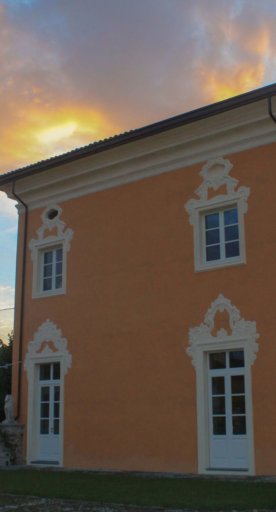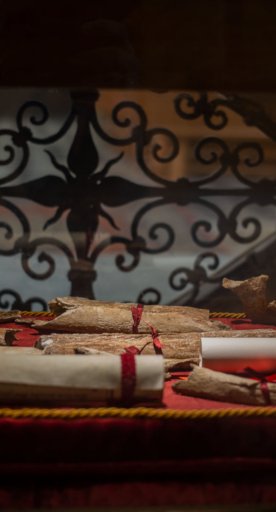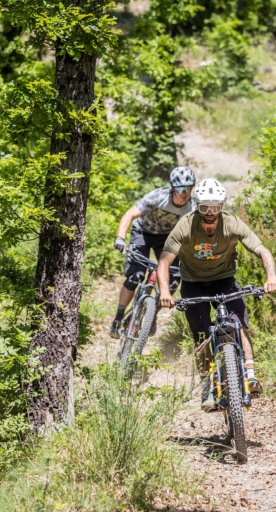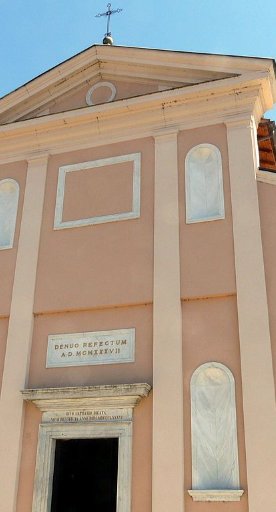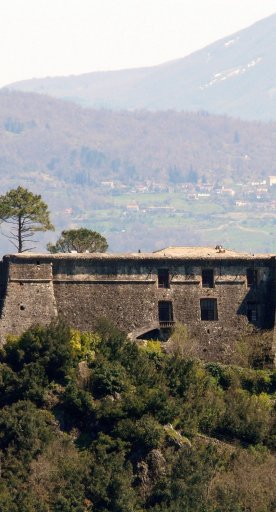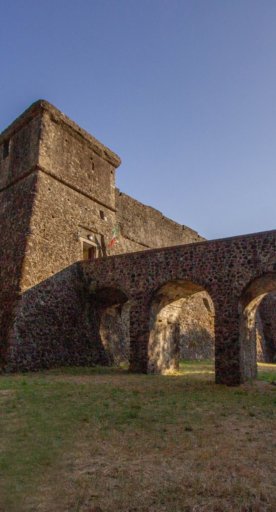
Protected Natural Area of Magra River in Lunigiana
An enchanting green and blue oasis
Lunigiana is home to several protected areas, including the National Park of the Tuscan-Emilian Apennines (UNESCO Biosphere Reserve) and the Apuan Alps Regional Park (UNESCO Global Geopark). Important wetland and river environments are also protected along the course of the Magra River, which, although less well known, retain a high naturalistic and landscape interest, through the ANPILs, Protected Natural Areas of Local Interest, managed by the local authorities.
Along the course of the river Magra in Lunigiana, two ANPILs are encountered: the first, called 'Fiume Magra in Lunigiana' (AML) is managed by the Unione dei Comuni Montana Lunigiana (Union of Lunigiana Mountain Municipalities) and is located on the territory of the municipalities of Aulla, Tresana, Podenzana, Villafranca in Lunigiana, Licciana Nardi and Mulazzo. The second one, called "Fiume Magra 2" (AM2) is managed by the Municipality of Filattiera and develops entirely on the territory of the Municipality itself.
For those arriving by car, ANPIL AM1 can be reached by taking the Aulla motorway exit, and runs along both banks of the river Magra in a northerly direction. The Magra River Natural Area 2 (Filattiera) can instead be reached by taking the Pontremoli motorway exit and reaching the car park near the Pieve di Santo Stefano di Sorano along the Cisa state road. Alternatively, it is possible to arrive by train at Filattiera railway station and then move on foot or by bicycle, always starting from the Parish Church of Sorano.
Astonishing biodiversity
The ANPILs are a paradise for nature lovers, with breathtaking landscapes on the Tuscan-Emilian Apennines and unique flora and fauna.
What characterizes these areas most is their high biodiversity: the riparian environments are colonized by willow and alder groves that are home to various species of birds, including ducks, waders, bee-eaters, kingfishers and several species of herons, including the great white heron and the night heron.
Historical and rural charm
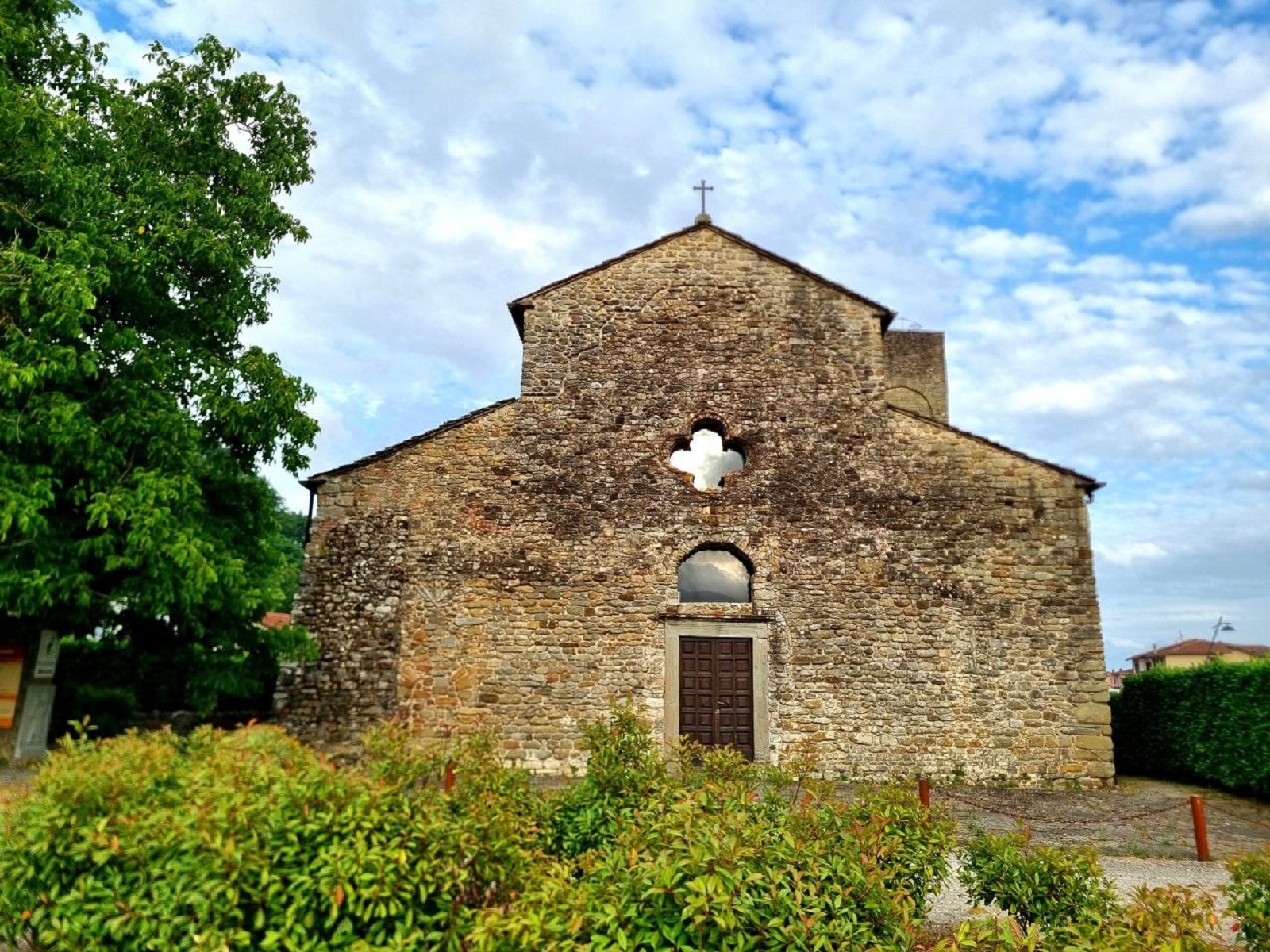
Thanks to the strategic importance of the river crossing, the alluvial terraces of the Magra, located immediately beside the river bed, are home to significant historical monuments, such as the Abbey of San Caprasio in Aulla, the Chiesaccia di Fornoli and the Parish Church of Sorano in Filattiera.
Symbols that still testify to the importance of these places for controlling river fords and for the centuries-long passage of pilgrims, goods and armies along the Via Francigena in Lunigiana.
These areas also preserve a magnificent rural landscape, with alternating dirt roads, pasture and cultivated plots, vegetable gardens, irrigation canals...
Walking and cycling routes
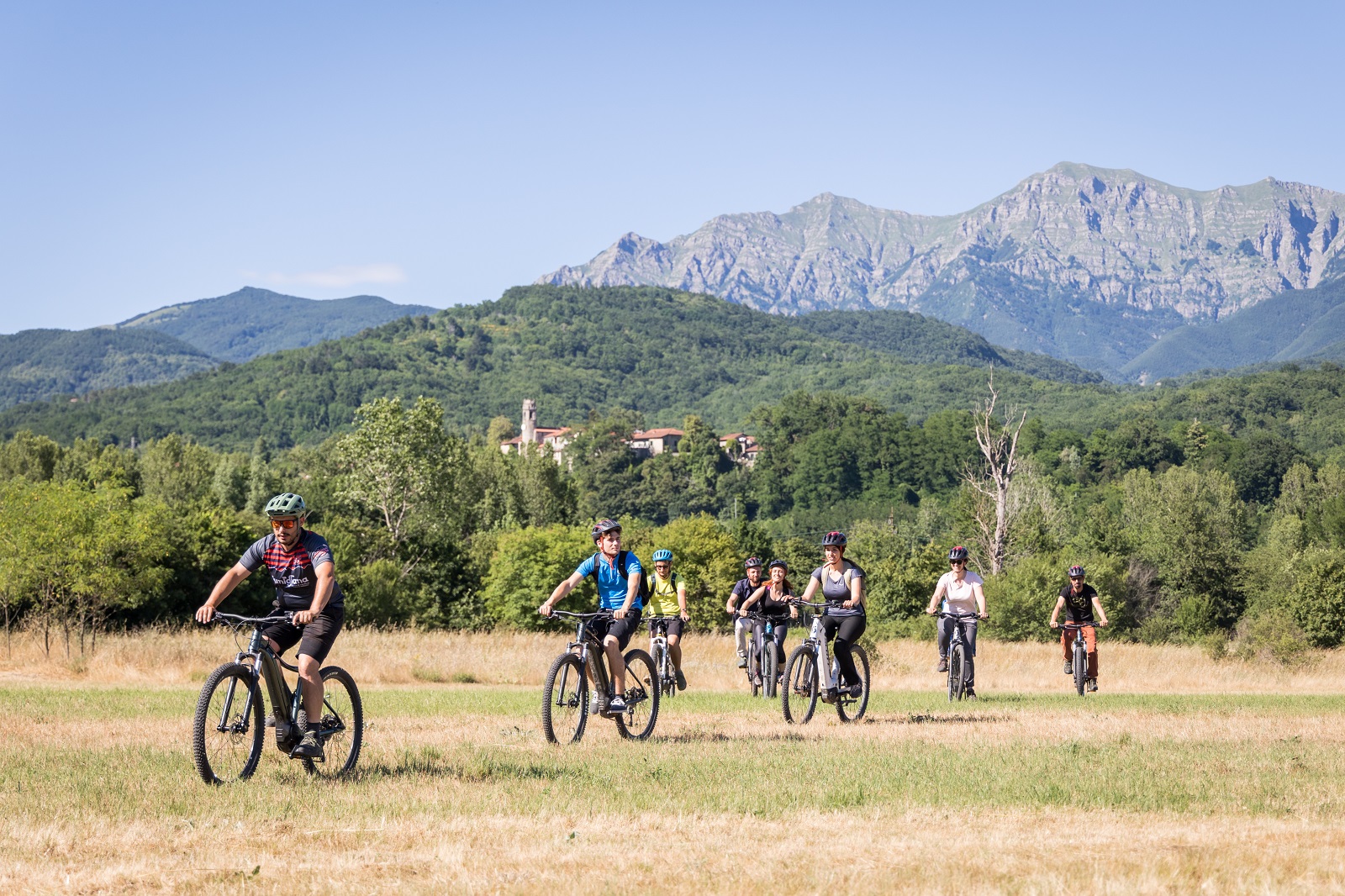
Thanks to their easy access and variety of routes, the ANPILs also offer a unique hiking experience thanks to the numerous itineraries that cross them.
You can try your hand at easy, well-marked cycling routes such as the Magra River Greenway, the Ciclovia dei Castelli and the "1 Bianco" route, which are part of the Lunigiana Bike Area and wind through the scenic alluvial plain and riparian forests in Filattiera.
Each path is an opportunity to immerse yourself in the natural beauty of the area: thanks to the Percorso Natura, you can explore the alluvial plain on foot as far as the edge of Lake Alice, or you can walk a short stretch of the Via Francigena, like the pilgrims of the past, discovering the history of the parish church and the educational center of Sorano, as far as the medieval village of Filattiera.
In the bucolic setting of the ANPIL of Filattiera, you can also come across various interesting rural activities such as still active mills where chestnut flour is ground, farms producing goat and sheep cheeses, riding stables and agriparks with donkeys and alpacas.
So many different realities to discover with family, children, friends.
